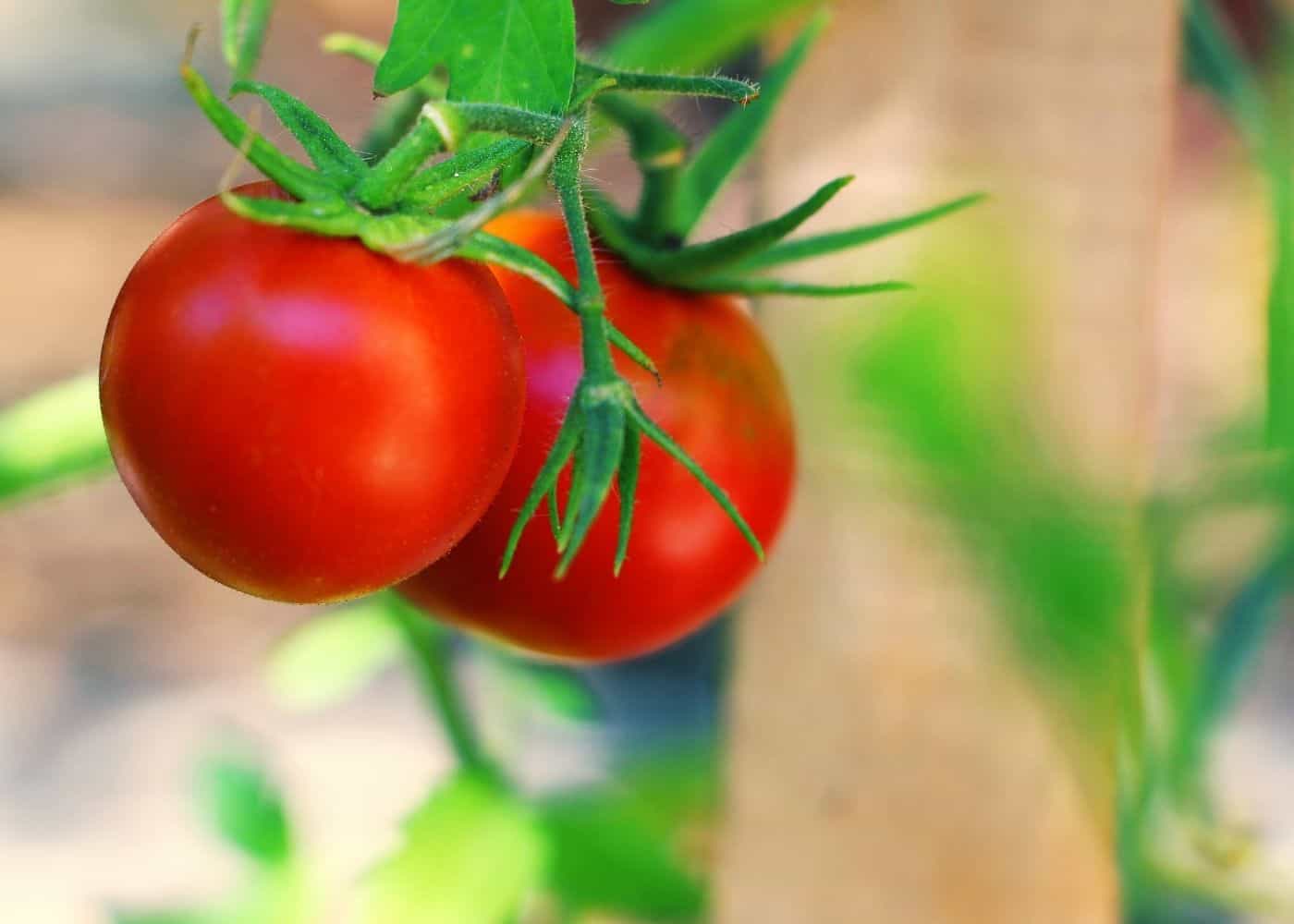Spread the love
10 Tomato Companions and What Not To Plant With Tomatoes: In home cooking and vegetable gardens, tomatoes are a staple. They are tasty, productive, and high in nutrients, which is why many gardeners plant them in their backyards and in pots.
Although tomato plants are simple to grow and care for, pests, illnesses, low yields, and other problems can occasionally affect them. Fortunately, flowers, herbs, and vegetables all make excellent companion plants for tomatoes. Ten plants that you can grow next to your tomatoes to promote their growth are listed below.
10 Tomato Companions and What Not To Plant With Tomatoes

1. Marigolds
- Marigolds are a great repellent to insects like tomato hornworms and aphids due to their vivid colors and potent aroma. These same qualities have the power to draw in other pests. You may be sure that the bugs are eating the marigolds and not your tomatoes by planting a row of them around your fruit.
2. Garlic
- Due to its ability to conceal the smell of ripening fruit, garlic is a natural insect repellent that can help keep moths away from your tomatoes. Its potent smell also deters other pests like cabbage loopers and root maggots, from feeding on plants.
3. Onions
- Because of their powerful smell, onions, like garlic, are also recognized as natural pest repellents. They make excellent tomato companion plants. However, you should not grow onions, leeks, or garlic next to your tomatoes if you’re having trouble with thrips in your garden. These root vegetables are often excellent companions, however, they can also get thrips.
4. Lavender
- Lavender bushes’ fragrant blooms deter mosquitoes and other flying pests, and they also keep aphids away from adjacent crops like cucumbers and strawberries (but not blueberries). Additionally, lavender draws pollinating bees to your crops, which can result in higher-quality and more productive food.
5. Basil (Ocimum basilicum)
- Aphids, spider mites, and thrips are all under control using this plant. Basil’s characteristic smell is attributed to the eugenol oil found in its leaves, which also serves as a good mosquito repellent. Basil, according to many gardeners, also enhances the flavor of tomatoes. In dishes, they also taste fantastic together.
ALSO SEE
6. Chives
- Similar to basil, chives produce natural oils in their leaves that, when crushed or brushed against, have an onion-like scent that deters most insects and serves as protection against pests like aphids and spider mites.
7. Asparagus
- This is a classic illustration of a plant-plant symbiotic interaction. The natural chemical solanine, which tomatoes generate, keeps the asparagus beetle away. As a result, asparagus generates a naturally occurring fungicide that aids in preventing botrytis and early blight. In the soil, it also aids in the prevention of root-knot nematodes.
8. Celery
- Celery is a fantastic way to keep bugs away from tomatoes. Many of the bugs that love to eat tomatoes are turned off by something about the fragrance!
9. Parsley
- If your tomato plants are being destroyed by aphids, you should definitely plant parsley as a barrier. Hoverflies are drawn to parsley, and they love to eat aphids! However, keep in mind that not all tomato varieties pair well with parsley, so before placing parsley next to your tomato plants, do some more study.
10. Bell peppers
- Although there is some disagreement on this, most people agree that tomatoes and peppers go well together and that you can produce some delicious salsa. However, because they are both members of the nightshade family, there may be a higher chance of illness.
